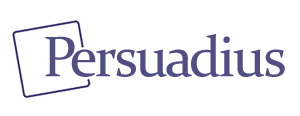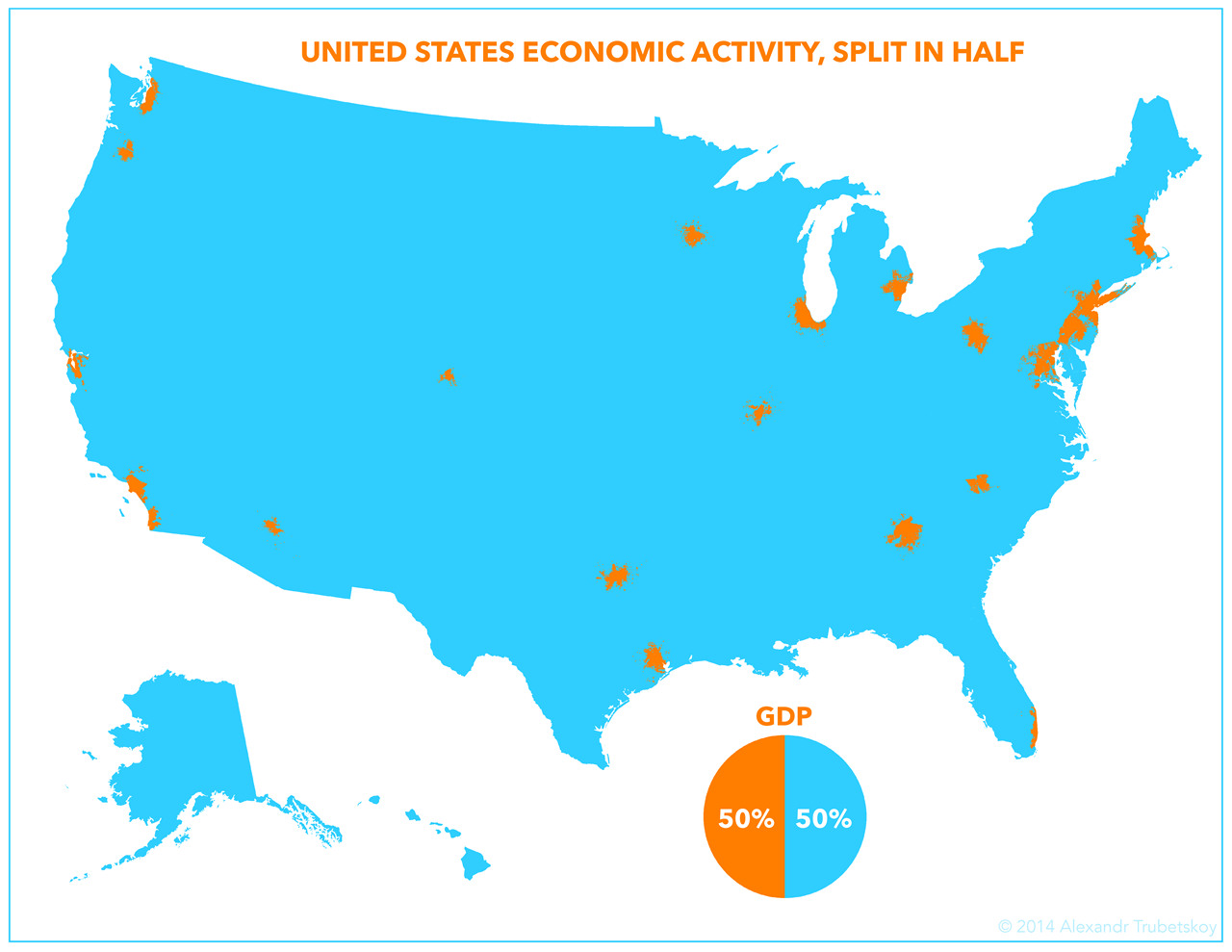Over a decade ago, I wrote an article for this blog titled, Could Surprise Be One of Your Best Visual Persuasion Tools? In it, I made the case that well-executed surprise — not ambush, but carefully designed moments of cognitive disruption — can be one of the most powerful tools a litigator brings into the courtroom.
Since then, I've seen that insight validated over and over again in real-world trials. And as the research around cognitive science and juror decision-making has advanced, my belief has only strengthened: surprise remains one of the most underutilized jury persuasion techniques available today.
If anything, it may be even more important now.
Today’s jurors enter the courtroom conditioned by a world of constant content, short attention spans, and an endless stream of algorithm-driven confirmation bias. They’re often bored. And worse, they frequently arrive already believing they know “the kind of case this is.”
Your job, as an advocate, is to break through both.
Why Surprise Works: The Science Has Caught Up
In my earlier article, I argued that surprise grabs attention and improves recall — and the neuroscience since then has continued to support that idea.
Cognitive psychologists refer to this as prediction error: when people encounter information that sharply contradicts their expectations, their brains respond by flagging that information as important. Surprise triggers an updating mechanism — an involuntary reexamination of what they previously believed.
In a jury box, that’s pure gold.
Surprise temporarily disables the mental filters of confirmation bias, forcing jurors to confront data or arguments they might otherwise discard. When executed ethically and strategically, it’s one of the most effective ways to cut through preconceptions and truly persuade.
The GDP Map That Surprised Even Me
Recently, I came across a chart that served as a perfect reminder of surprise’s power — and I say that as someone with both an economics degree and deep experience designing persuasive visual exhibits.
The map, published by Brilliant Maps, shows that 50% of the U.S. gross domestic product is generated by just a handful of metro clusters: New York, Los Angeles, Chicago, Houston, and Silicon Valley. The rest of the country — most of its landmass — accounts for the other half.
Intellectually, I knew that economic activity clusters geographically. But seeing just how extreme that concentration is — laid out visually — was genuinely surprising. It disrupted my internal model of economic distribution. I had to stop and recalibrate my understanding.
That’s exactly what you want to happen inside a jury’s mind.
Translating Surprise Into Courtroom Persuasion
What that GDP map did to my assumptions, great trial lawyers can do to jurors.
Your jurors walk into court with deeply held (and often flawed) assumptions about things like:
-
How markets work
-
How damages are calculated
-
How causation flows
-
How contracts function
-
How companies behave
If you let those assumptions remain intact, they will shape how jurors hear your evidence. But if you can gently — and strategically — introduce surprises that violate those expectations, you create the cognitive opening that allows real persuasion to occur.
Here’s how this plays out in effective jury persuasion techniques:
1. Expose Scale Differently
Take damages, market share, or financials — areas where jurors’ intuitions often fail. A simple chart showing that a defendant controls 73% of a market may not land emotionally. But show that their profits exceed the GDP of multiple states, or that their share dwarfs the combined share of the next five competitors, and you create that same moment I experienced looking at the GDP map: surprise, followed by recalibration. See How a Trial Presentation Company Illustrates Scale: Lessons from Boeing
2. Reveal Unexpected Causation
Jurors love clean stories: "X caused Y." But many cases are far messier. If you can show, through visuals or testimony, that a key fact contradicts the simple causality the jury expects — for example, that a subcontractor’s decision, not your client’s, drove the outcome — you interrupt the natural bias toward blaming your client.
3. Use Visual Demonstratives to Engineer Surprise
This was the central argument of my original article on surprise and visual persuasion. The right visual — built with timing, contrast, and reveal techniques — can manufacture that prediction error right where you need it. For example, slowly build a bar graph only to dramatically zoom out and show just how large one category is compared to the rest. These visual surprises aren’t just clever graphics; they’re cognitive interventions.
Boredom Is the Hidden Enemy
One reason surprise works so well is because courtrooms are inherently dull environments. Jurors are passive for long stretches, required to listen to language they don’t fully understand, watching procedural steps they don’t grasp.
Surprise cuts through that fog.
Think of it as a cognitive alarm clock. Even a small, well-timed surprise — a statistic, a graphic, a cross-examination question — can reawaken attention and reengage jurors right when you need them focused most.
In many trials I’ve consulted on, the teams that win are not always the ones with the strongest facts — they’re often the ones who better manage attention.
Surprise Is Ethical, If You Use It Correctly
Some litigators worry that surprise sounds like trickery. It isn’t. The kind of surprise we’re talking about here doesn’t involve ambush or gamesmanship — judges rightly frown on that. Instead, it’s about presentation design.
You’re still presenting facts the jury must hear. You’re simply arranging them in a way that maximizes attention, exposes flawed assumptions, and forces genuine engagement with your case.
That’s not manipulation. That’s advocacy.
A Trial Story Designed for Surprise
If you think about the stories we love—novels, films, even great business pitches—they nearly all have one thing in common: surprise. A reveal, a twist, a turn that forces us to see something differently.
Your trial story should do the same.
In my work helping trial teams craft their visual strategy, we often spend as much time identifying when to surprise the jury as what to show them. Done right, that small shift in approach can be the difference between a narrative that sticks and one that evaporates by deliberations.
Conclusion: The Enduring Power of Surprise in Jury Persuasion
More than a decade after I first wrote about surprise as a persuasion tool, I’m more convinced than ever that it belongs in every litigator’s trial toolkit.
Surprise cuts through boredom.
Surprise interrupts bias.
Surprise forces attention.
Surprise enables memory.
When done well, it allows you to guide jurors toward seeing the case not as they assumed it was but as it actually is.
If you’d like help designing trial graphics or demonstratives that deploy surprise ethically and effectively, that’s exactly what we do at Persuadius. Reach out to us via email.
Other articles about jury persuasion techniques, cognitive bias, and visual persuasion from Persuadius include:
- Could Surprise Be One of Your Best Visual Persuasion Tools?
- Folktales Reveal a Powerful Persuasion Tool for Trial Lawyers
- The Role of Emotional Factors in Enhancing Visual Information in Legal Presentations
- What a Popular Reality TV Show Teaches Us about Jury Trials
- The Top 10 Tricks for Using Storytelling for Persuasion in Litigation
- Strategies to Keep a Jury Engaged: Making a Boring Case Captivating
- The Impact of Cognitive Bias on Jury Interpretation and Persuasion
- Managing Jury Bias: Overcoming Confirmation Bias in the Courtroom






Leave a Comment